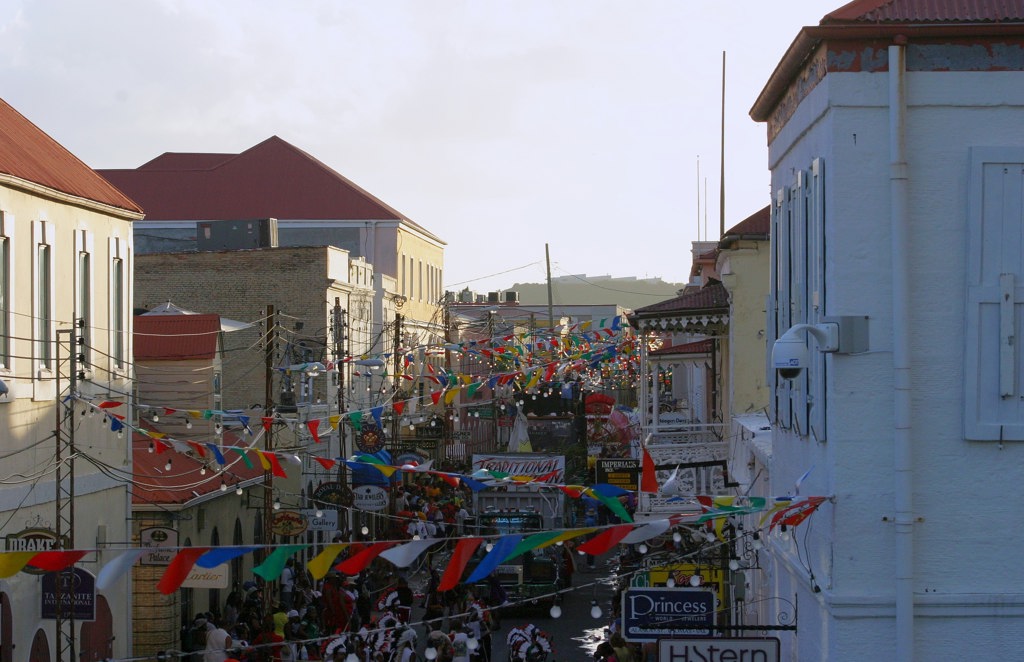The month of October has many celebrations of Latin American independence, heritage and culture across the Americas. Celebrations worldwide span from Hispanic Day, The Day of the Cultures, Hispanic Heritage Month and Latin American Heritage Month.
Over a million Latinos currently reside in Canada, and the number of Latinos gaining permanent residency in Canada continues to grow on a yearly basis.
It goes without question that the celebration of the Canadian-Latin American diaspora is deserving of mainstream recognition, but not for obvious reasons. Latin American culture and cuisine are rich, diverse and welcoming, but Latin American Heritage Month must span beyond that.
Canada must embrace Latin American Heritage Month not only for the aspects of Latino culture that are attractive, but instead for the sake of uplifting Latinos, especially those who face inequalities due to their identity.
The origin of Hispanic and Latin American Heritage Month
In the United States, Hispanic Heritage Month is celebrated every year from Sept. 15th to Oct. 15th to commemorate the rich history, culture and sacrifices of the Hispanic diaspora. First established as Hispanic Heritage Week in 1968, it took until 1988 for the celebration to be enacted into law and expanded into a month-long period by President Ronald Reagan.
Falling far behind the United States, celebrations of Latin American and Hispanic heritage in Canada have only been officially recognized since the early 2010s.
In 2015, Bill 28, known as the “Hispanic Heritage Month Act” in Ontario, aimed to recognize October as a celebratory month for the Hispanic community. The bill’s preamble highlighted the economic, political and cultural contributions associated with the Hispanic community in Canada and in the province. The bill gained Royal Assent later in the same year, proclaiming that Ontario would observe the month of October as Hispanic Heritage Month on a yearly basis.
Federally, the Parliament of Canada established in 2018 that Latin American Heritage Month would take place yearly throughout the month of October.
While Ontario and Canada share the vision of promoting Latin American heritage, each level of government defines “Latinidad” differently. Ontario’s Hispanic Heritage Month takes after the movement started in the United States of the same name. Critics often point out that the term Hispanic implicitly ties Spanish colonization at the forefront of Latin American identity, and thus marginalizes those of Indigenous or African descent in Latin America.
The lived realities of Latinos in Canada
Despite being a demographic minority in Canada, the social issues faced by Latin Americans in Canada are expansive. The issues that target the Latino community range from health inequalities, labour exploitation and wage gaps. While Canadians of other ethnicities may face related issues, it remains as a fact that Latino struggles are often undermined or out of the mainstream political discourse, partially due to their status as an ethnic minority in Canada.
In 2021, as the COVID-19 pandemic unfolded, Latinos in Toronto were seven times more likely to contract the virus when compared to white counterparts in the city. Among the factors that influenced the rate of Latinos contracting the virus, experts outlined that challenges to accessing healthcare, health disparities stemming from socioeconomic status and tendency to living in overly crowded spaces all contributed to the number of serious COVID-19 cases.
In terms of labour, Mexican and Caribbean temporary workers in the Seasonal Agricultural Workers Program (SAWP) are routinely exploited due to lax or inexistent labour standards tied to their work terms. Workers in the SAWP program also cannot engage in collective bargaining, are forced to live in overcrowded employer-provided housing and routinely face working days spanning over 17 hours. Although Canadian agriculture heavily relies on the labour of these temporary immigrants, the SAWP program does not provide any avenues for permanent stay in the country, despite many workers coming back on a yearly basis to work in Canada.
On the other hand, Latinos who are integrating themselves in the Canadian labour market are still behind when it comes to reaching the median total income in Canada. Income differences are even more stark when one looks at gendered wage gaps between Latino men and women. Although Latino women are said to have achieved more significant employment-related advancements by obtaining higher degrees of education, their income does not reflect their efforts.
“Latinas working in management, business, sciences, health and education (64 per cent) were paid on average $13,400 less than the 48 per cent of Latino men working in the same fields. Men earned, on average, $55,300 and women $41,900,” said Alejandro Hernandez from The Conversation.
How Latino Struggles shape Latin American Heritage Month
While no one advocates for a tunnel vision focus only on the negative lived realities of Latinos in Canada, celebrations of Latin American Heritage that lack critical efforts to uplift Latino communities in a tangible way lack awareness of what Latinos in Canada need.
Latino culture is beautiful. Latino music can light up any room. Latino food can put a smile on anyone’s face. The thing is, Latinos do not need extra validation that Latino culture is celebration-worthy.
What Latinos need is for everyone else in Canada to genuinely care about their struggles and to want better for Latino communities.
Celebrating Latin American culture and heritage must balance a deep curiosity and appreciation for the aspects of Latino culture that are festive and unique while advocating for a better lived experience and lesser inequalities for Latinos in Canada.


